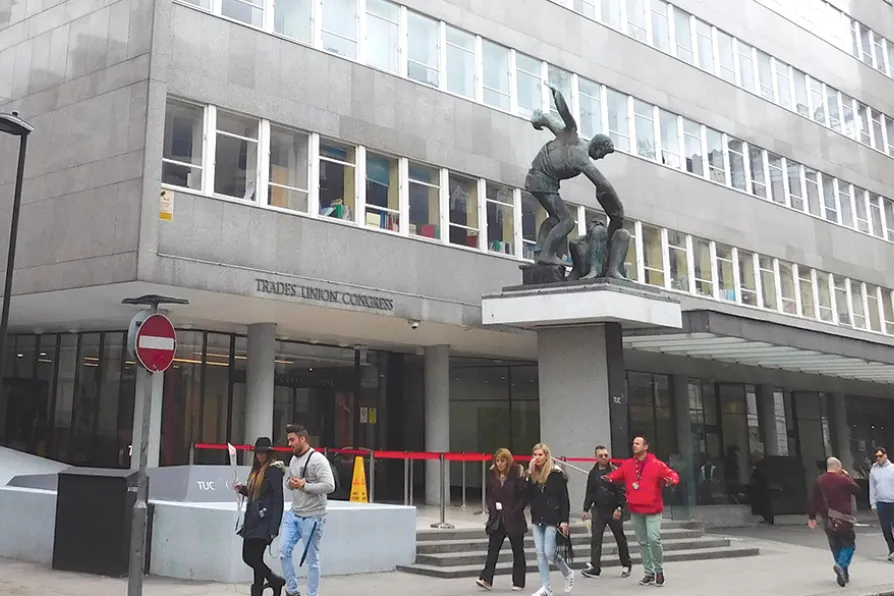RICHARD MURGATROYD enjoys a readable account of the life and meditations of one of the few Roman emperors with a good reputation

 TUC HQ designed by David Du Roi Aberdeen with Bernard Meadows' sculpture The Spirit of Trade Unionism
[Paul the Archivist/Creative Commons]
TUC HQ designed by David Du Roi Aberdeen with Bernard Meadows' sculpture The Spirit of Trade Unionism
[Paul the Archivist/Creative Commons]
THE BUILDING of the TUC's new headquarters Congress House in Holborn, which opened in 1958, was also seen as an opportunity to promote interest in the arts and architecture.
A design competition for the new building was launched in 1946 — the first of its kind in the post war period — and over 180 projects were submitted, from which David Du Roi Aberdeen’s modernist proposal was selected.
The TUC’s aspiration to promote the arts was amply vindicated when, in 1988, the building was Grade-II listed by Historic England. It’s considered to be one of the most important buildings housing an institution in London and a 1950s’ architectural landmark.

Women are a vital part of the labour movement and have much to contribute, but there’s far more to be done to make sure that our sisters’ voices are truly heard, says PHILIPA HARVEY

LYNNE WALSH tells the story of the extraordinary race against time to ensure London’s memorial to the International Brigades got built – as activists gather next week to celebrate the monument’s 40th anniversary

JOHN GREEN observes how Berlin’s transformation from socialist aspiration to imperial nostalgia mirrors Germany’s dangerous trajectory under Chancellor Merz — a BlackRock millionaire and anti-communist preparing for a new war with Russia











